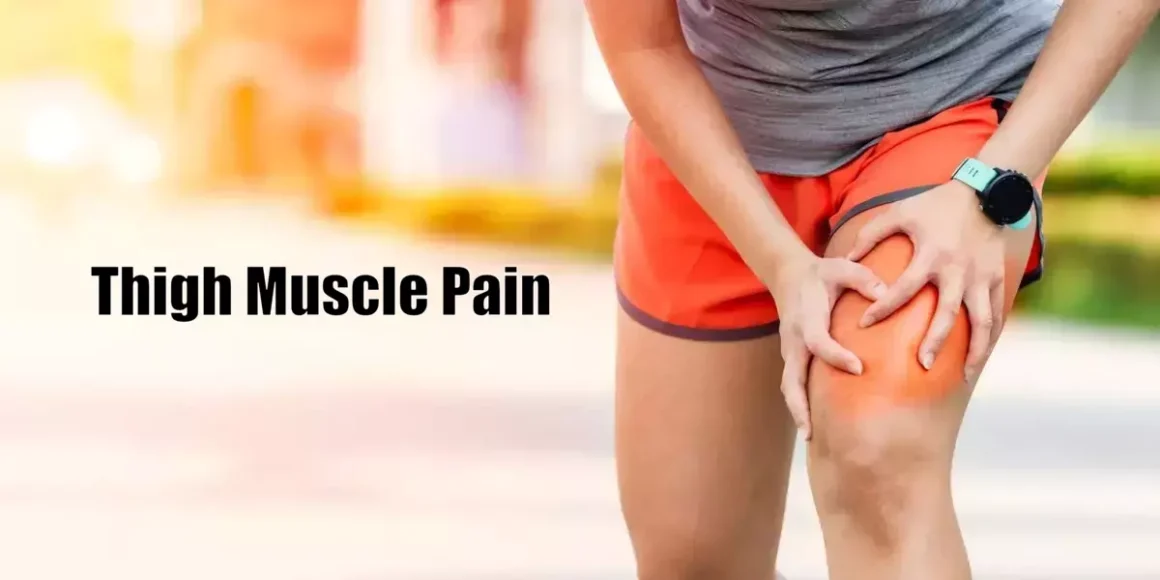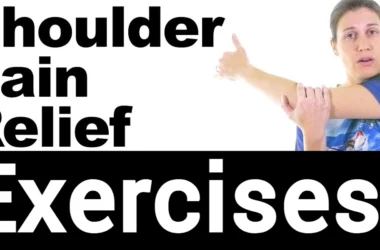[ez-toc]
Introduction
Do you find yourself wincing from discomfort in your thighs? Thigh muscle pain can be a real hindrance, impacting your mobility and overall well-being.
Whether it’s a result of strenuous physical activity or simply the result of sedentary habits, there are exercises that can help alleviate the discomfort in your quadriceps and hamstring muscles.
In this article, we’ll guide you through a series of effective exercises that target Thigh Muscle Pain, helping you find relief and get back to your active lifestyle.
Quadriceps-Focused Exercises
Lunges
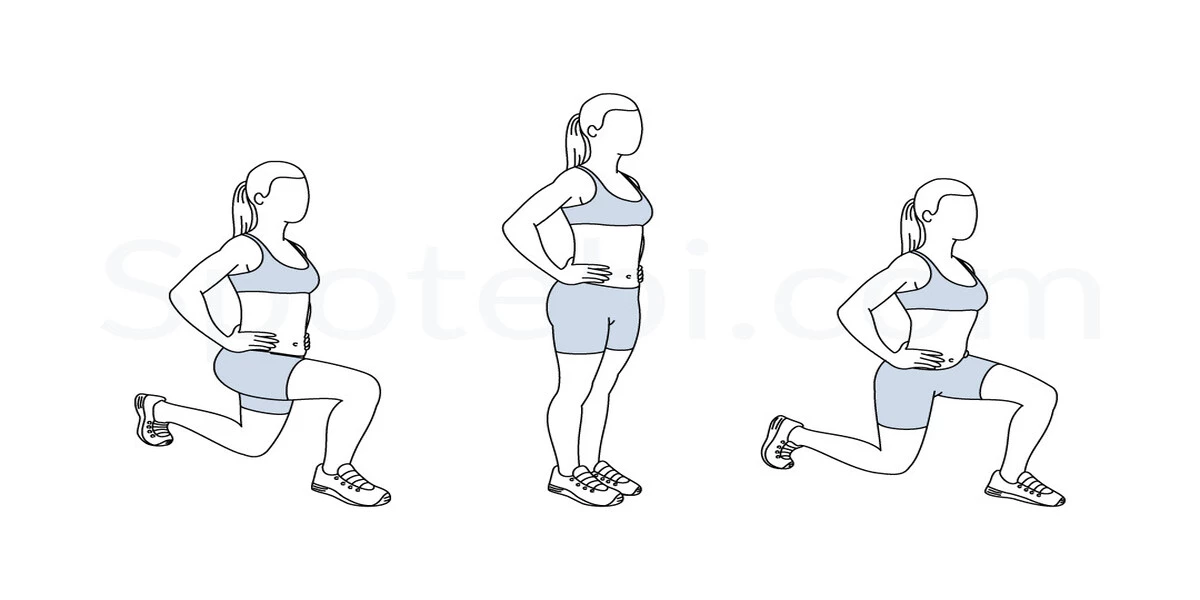
Lunges are an excellent way to strengthen the quadriceps while also engaging the hamstrings and glutes. To perform a lunge, take a step forward with one leg, bending both knees as you lower your body toward the ground.
Keep your front knee aligned with your ankle and ensure your back knee hovers slightly above the floor. Push through your front heel to return to the starting position and switch legs.
Leg Extensions

Leg extensions isolate the quadriceps and help build strength. Sit on a leg extension machine with your ankles against the padded bar. Extend your legs fully while keeping your back against the seat. Slowly lower the weight back down without letting it touch the stack.
Wall Sits
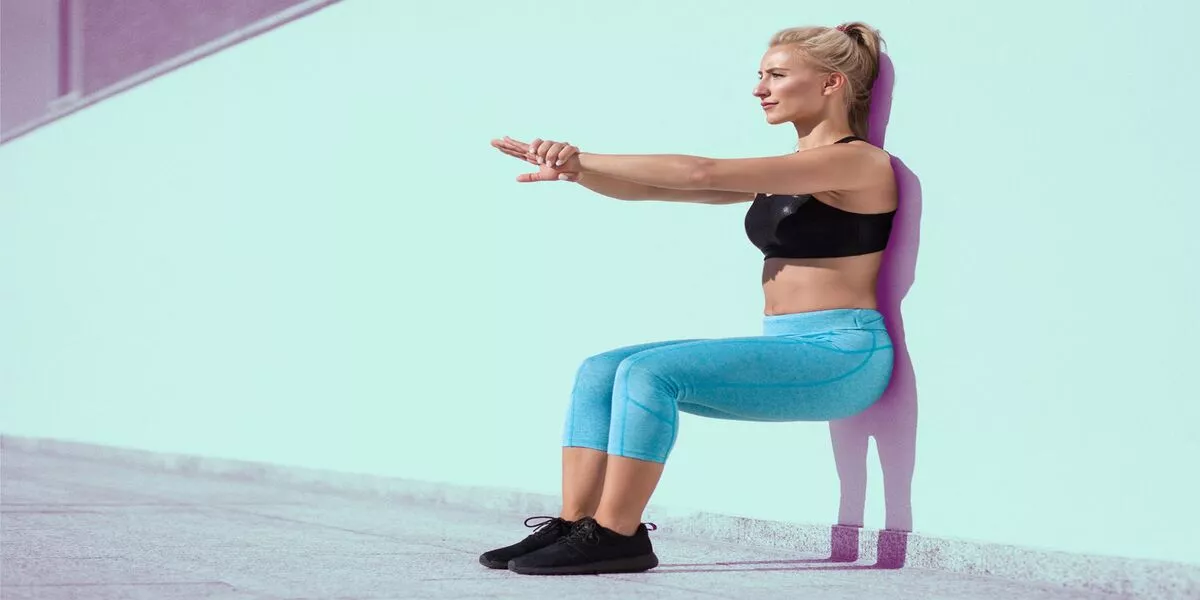
Wall sits are an isometric exercise that effectively engages the quadriceps. Press your back against a wall and slide down until your thighs are parallel to the ground, as if you were sitting on an invisible chair. Hold this position for as long as you can.
Step-Ups
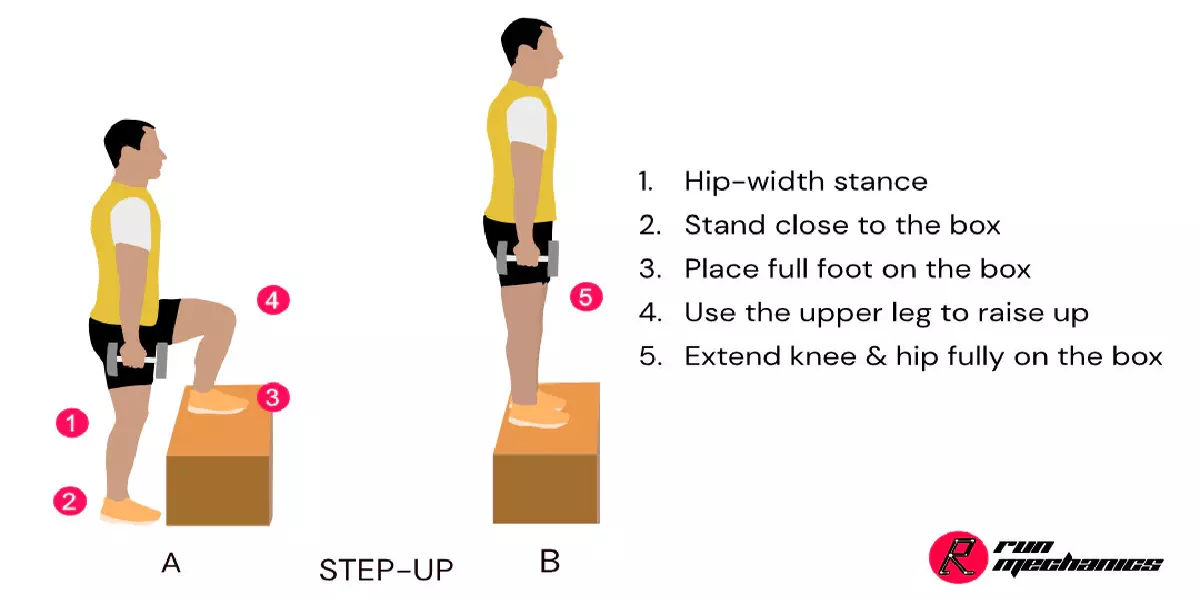
Step-ups target the quadriceps and also improve balance. Find a sturdy platform or bench. Step onto it with one foot and bring the other knee up. Step back down and switch legs.
Hamstring-Focused Exercises
Hamstring Stretches
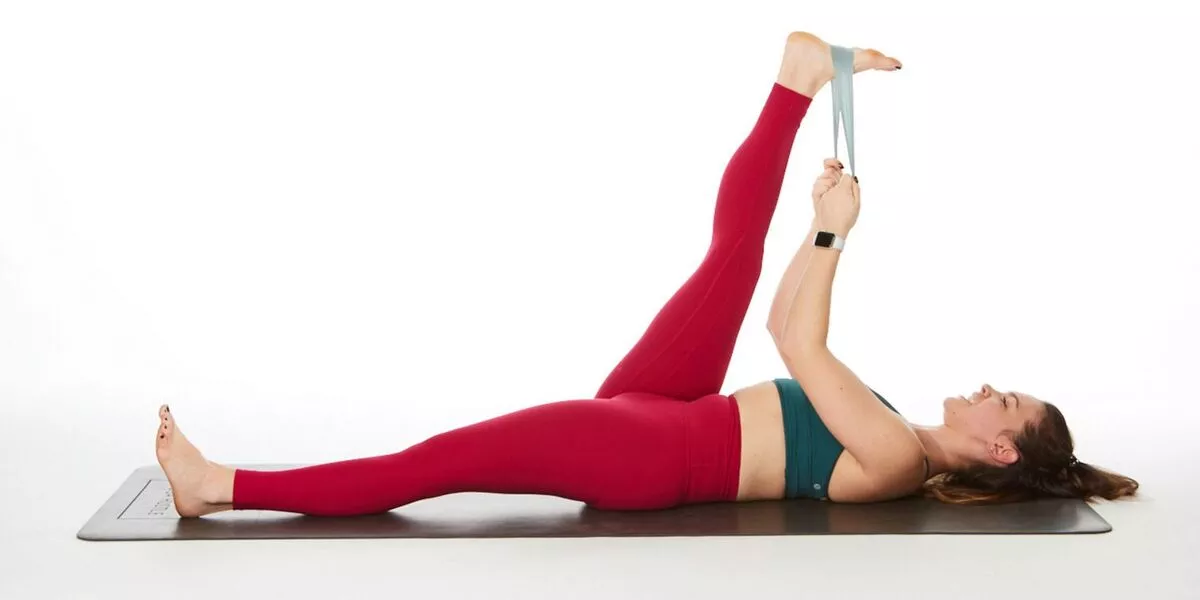
Hamstring stretches are crucial for maintaining flexibility and alleviating tightness. Sit on the floor with one leg extended and the other bent so that the sole of your foot touches the inner thigh of your outstretched leg. Lean forward from your hips while keeping your back straight.
Deadlifts
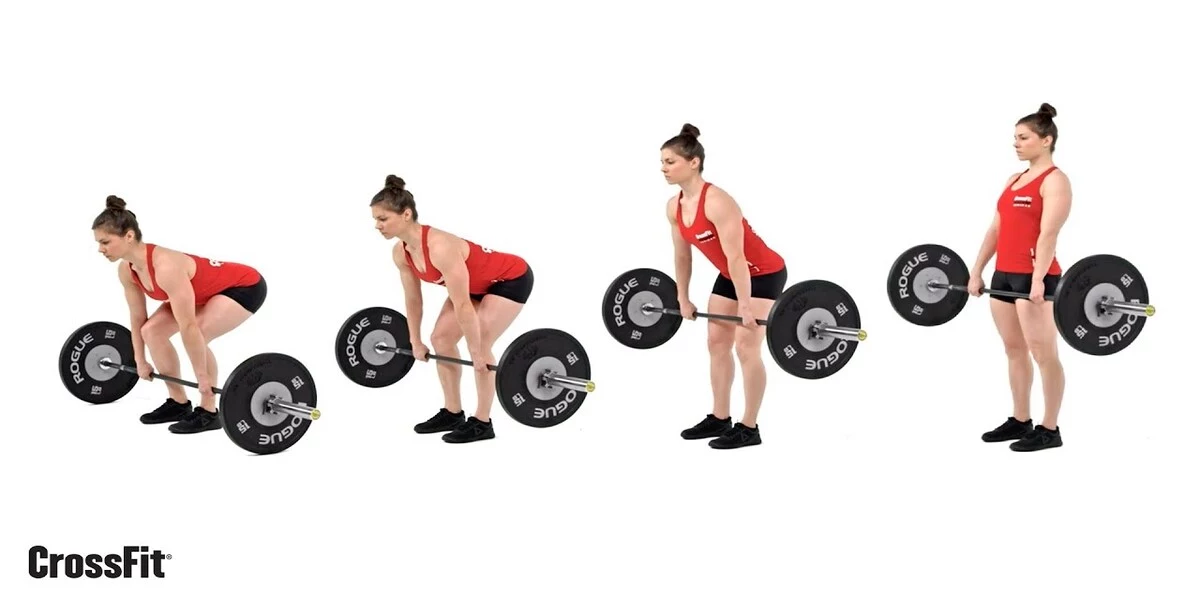
Deadlifts are a compound exercise that engages multiple muscle groups and Thigh Muscle Pain, including the hamstrings. With a barbell in front of you, hinge at your hips while keeping your back straight. Grab the barbell and stand up, thrusting your hips forward.
Glute Bridges
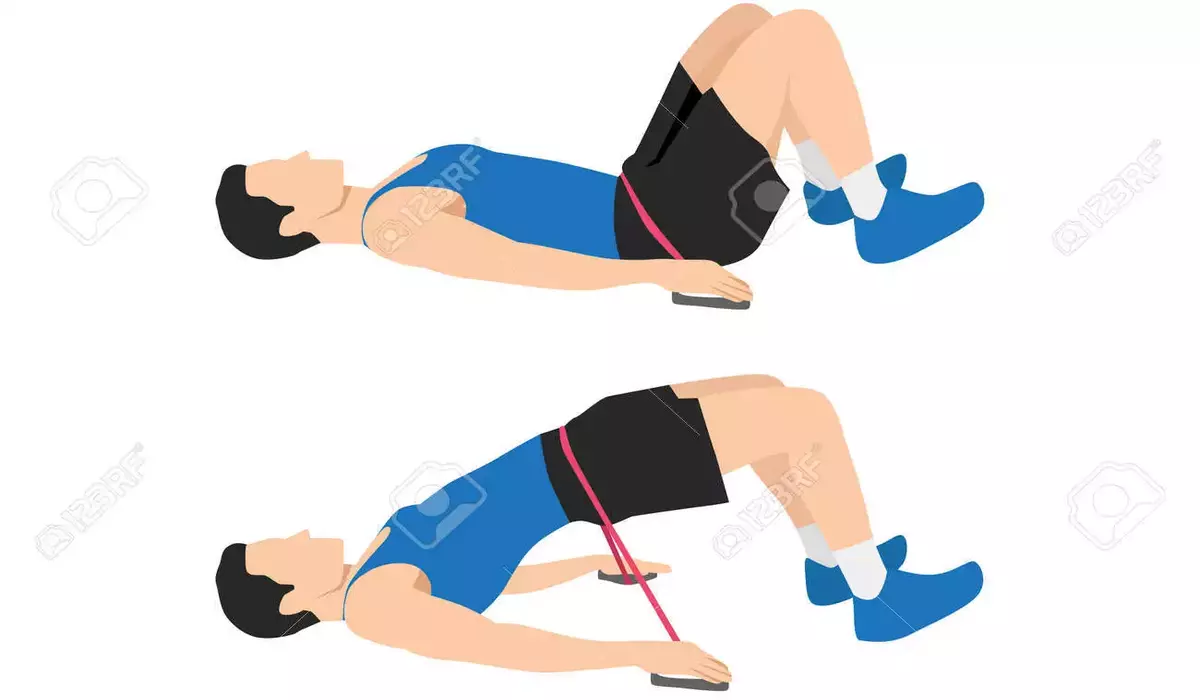
Glute bridges not only target the glutes but also engage the hamstrings. Lie on your back with your knees bent and feet flat on the ground. Lift your hips off the ground until your body forms a straight line from your shoulders to your knees.
Swiss Ball Leg Curls
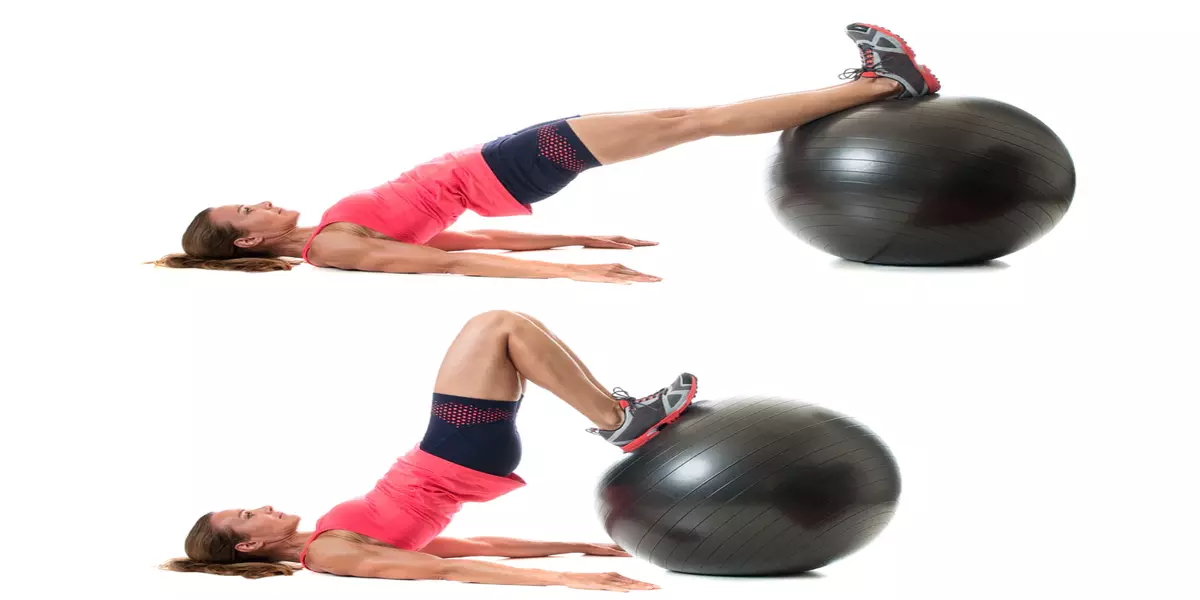
Lie on your back with your feet on a Swiss ball. Lift your hips off the ground and roll the ball toward your glutes using your feet. Extend your legs back out to the starting position.
Combination Movements for Overall Thigh Relief
Squats
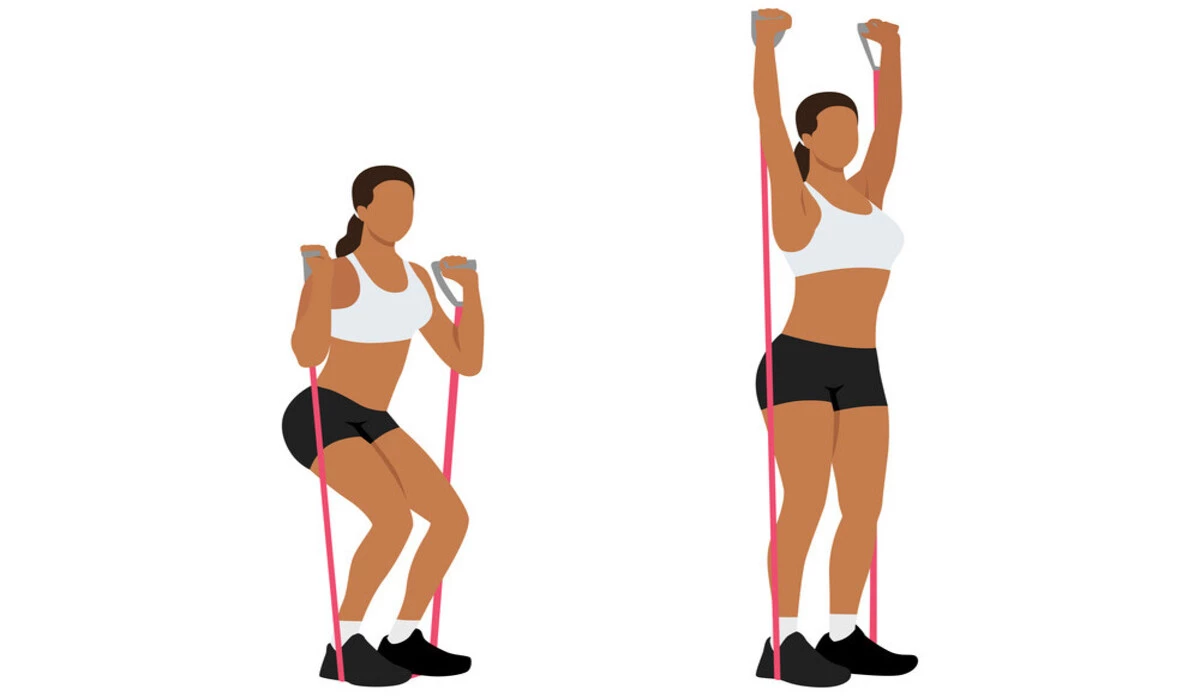
Squats are a compound movement that engages the quadriceps, hamstrings, and glutes. Stand with your feet shoulder-width apart, lower your body by bending your knees, and push your hips back as if you’re sitting down. Keep your back straight and chest up.
Also Read: Exercises for Thoracic Outlet Syndrome Relief
Lunge to Kickback
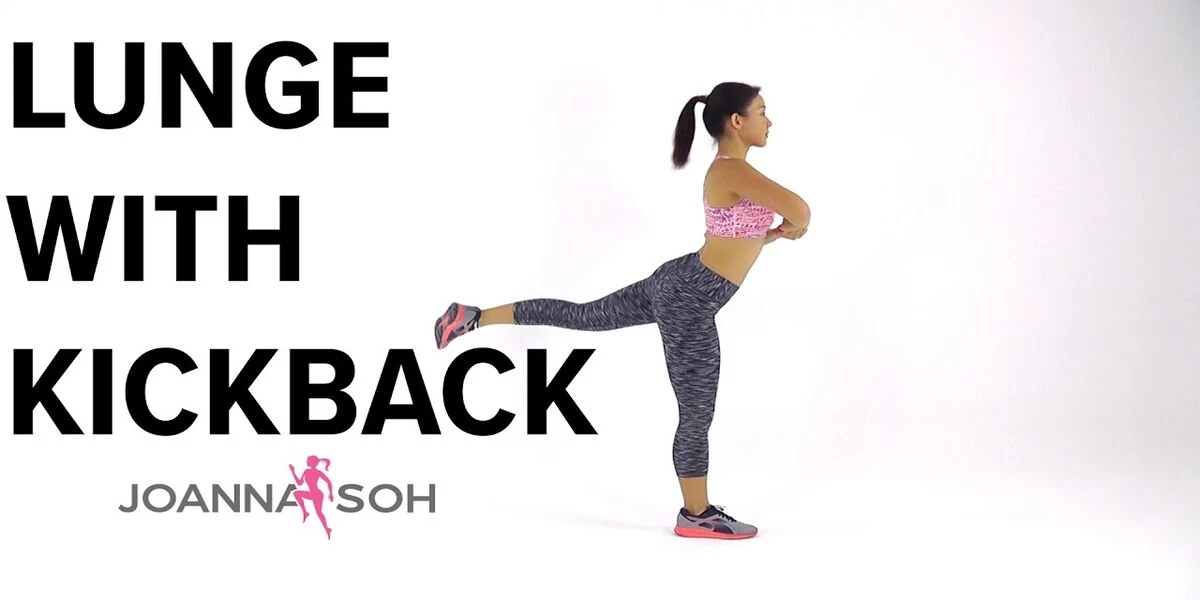
Perform a standard lunge and as you push back up, kick your back leg straight behind you. This engages both the quadriceps and hamstrings.
Bulgarian Split Squats
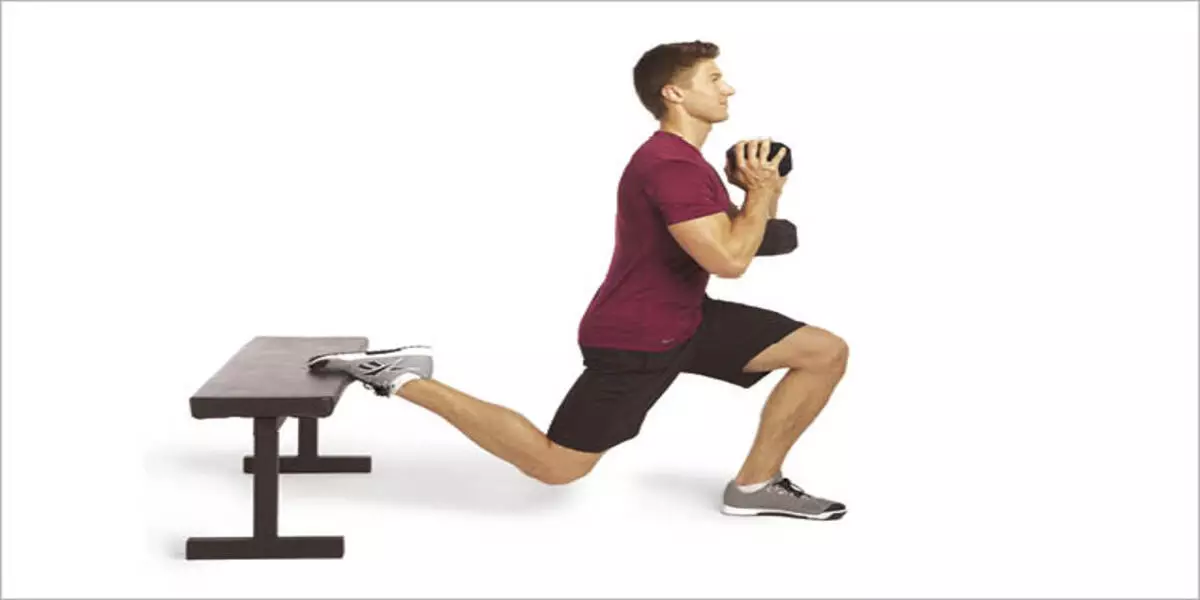
Stand a few feet in front of a bench or platform. Extend one leg behind you and rest the top of your foot on the bench. Lower your body into a lunge position, then push back up.
Box Jumps
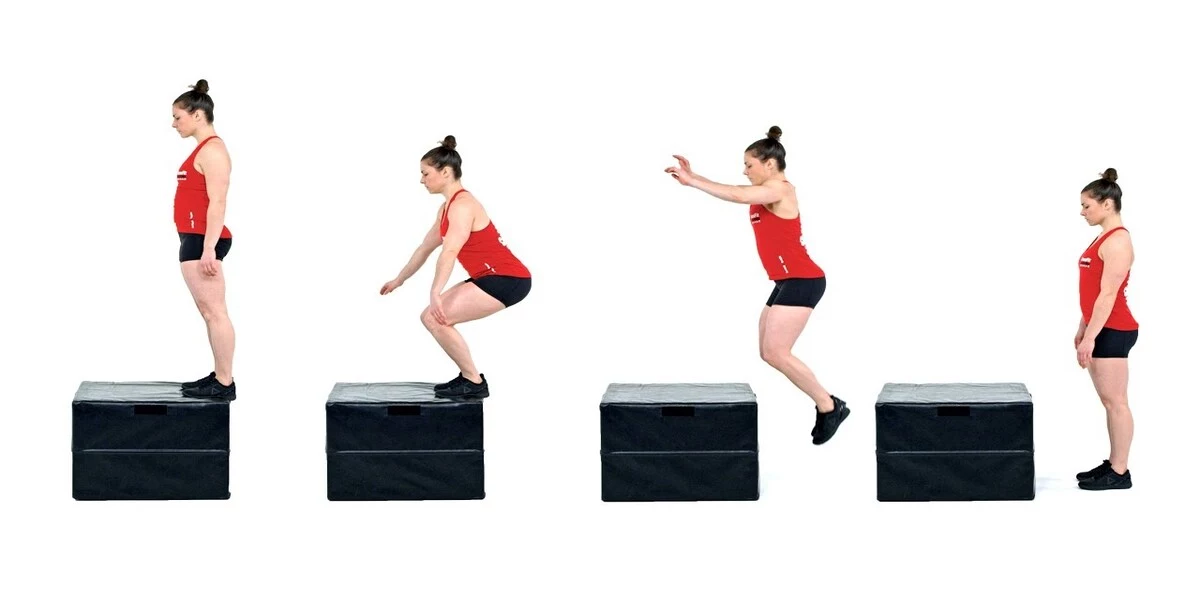
Find a sturdy box or platform. Jump onto it, land softly, and step back down. Box jumps enhance explosive strength in the thighs.
Incorporating Proper Warm-up and Cool-down
Importance of Warming Up
Warming up before exercise increases blood flow to the muscles, reducing the risk of injury. Perform light cardio or dynamic stretches to warm up your thigh muscle pain.
Cooling Down to Prevent Soreness
After your workout, engage in static stretches to cool down. This helps prevent muscle soreness and Thigh Muscle Pain and maintains flexibility.
Maintaining a Balanced Diet for Muscle Health
Protein Intake
Protein is essential for muscle recovery like Thigh Muscle Pain and growth. Include lean protein sources in your diet such as chicken, fish, beans, and tofu.
Hydration Importance
Staying hydrated supports muscle function and prevents cramping. Drink plenty of water throughout the day.
Anti-Inflammatory Foods
Incorporate foods rich in antioxidants and omega-3 fatty acids to reduce inflammation and promote Thigh Muscle Pain recovery.
Lifestyle Changes for Prevention
Posture Awareness
Maintaining good posture relieves strain on your muscles. Be mindful of your posture, especially during long periods of sitting.
Regular Stretching
Incorporate regular stretching into your routine to maintain flexibility and prevent muscle tightness.
Active Lifestyle Promotion
Stay active throughout the day. Take short walks, use the stairs, and avoid prolonged sitting.
When to Seek Professional Help
Signs of Serious Injury
If you experience persistent and severe Thigh Muscle Pain, consult a medical professional. This could be a sign of a more serious injury.
Consulting a Physiotherapist
A physiotherapist can provide personalized guidance, exercises, and treatment plans to address your thigh muscle pain effectively.
Staying Consistent with Your Routine
Setting Realistic Goals
Set achievable fitness goals and gradually increase the intensity of your exercises over time.
Tracking Progress
Keep a record of your exercises and progress. This helps you stay motivated and see how far you’ve come.
Conclusion
Thigh muscle pain can be managed and prevented through targeted exercises, proper nutrition, and lifestyle adjustments. By incorporating these strategies into your routine, you can alleviate discomfort, strengthen your muscles, and enjoy a healthier, more active life.



